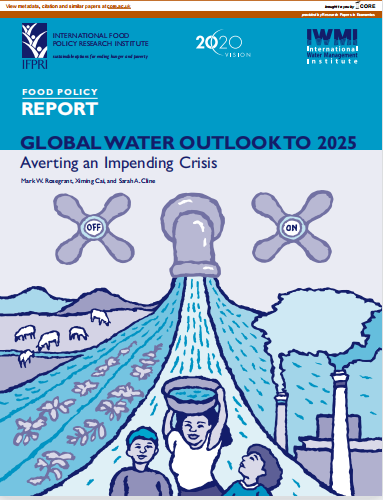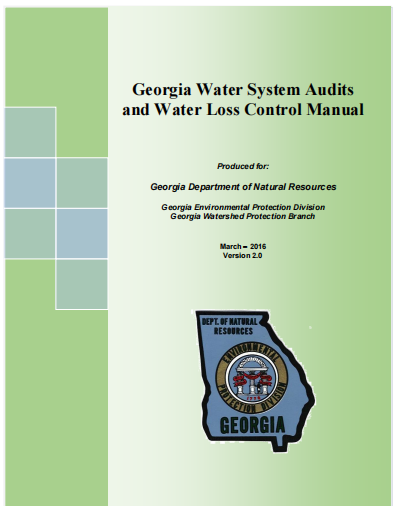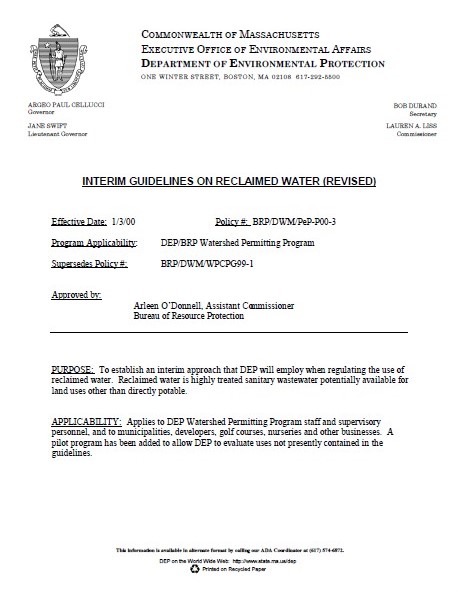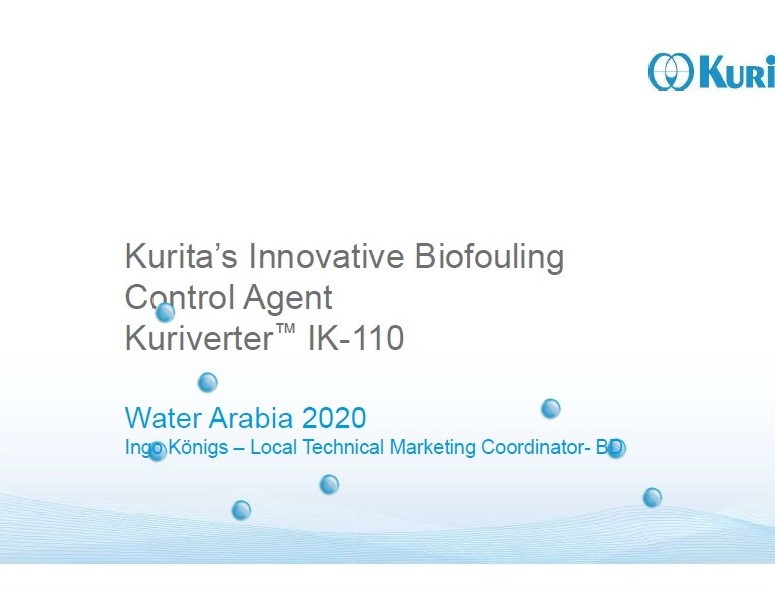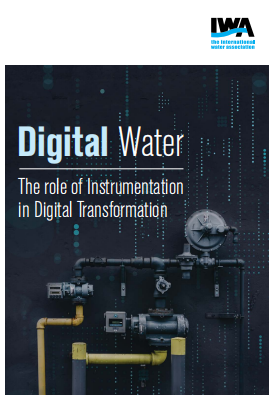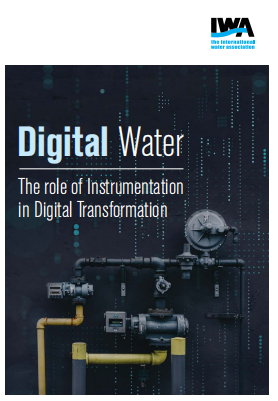Global Water Outlook To 2025
Introduction
Demand for the world’s increasingly scarce water supply is rising rapidly, challenging its availability for food production and putting global food security at risk. Agriculture, upon which a burgeoning population depends for food, is competing with industrial, household, and environmental uses for this scarce water supply. Even as demand for water by all users grows, groundwater is being depleted, other water ecosystems are becoming polluted and degraded, and developing new sources of water is getting more costly.
Global Water Outlook To 2025
Introduction
Demand for the world’s increasingly scarce water supply is rising rapidly, challenging its availability for food production and putting global food security at risk. Agriculture, upon which a burgeoning population depends for food, is competing with industrial, household, and environmental uses for this scarce water supply. Even as demand for water by all users grows, groundwater is being depleted, other water ecosystems are becoming polluted and degraded, and developing new sources of water is getting more costly.
Fire Alarm System Fundamentals
UL is one of the several companies approved to perform safety testing by the US federal agency Occupational Safety and Health Administration (OSHA)
Fire Alarm System Fundamentals
UL is one of the several companies approved to perform safety testing by the US federal agency Occupational Safety and Health Administration (OSHA)
Digitalising Water Sharing Singapore’s Experience
Preface
Water – specifically, the lack of it – occupies a special place in the Singaporean consciousness. We simply do not have the space to collect and to store enough of the rainwater that we will need for later consumption. Water scarcity compels us to turn to recycled wastewater and even dearer desalinated seawater in order to quench new thirst. Indeed, the enduring sustainability and security of Singapore’s water supply present, no less, an existential challenge for the country
Digitalising Water Sharing Singapore’s Experience
Preface
Water – specifically, the lack of it – occupies a special place in the Singaporean consciousness. We simply do not have the space to collect and to store enough of the rainwater that we will need for later consumption. Water scarcity compels us to turn to recycled wastewater and even dearer desalinated seawater in order to quench new thirst. Indeed, the enduring sustainability and security of Singapore’s water supply present, no less, an existential challenge for the country
Digital Water The Role Of Instrumentation In Digital Transformation
Introduction
This white paper focuses on the importance of instrumentation as the source of information for the Digital Transformation. The aim is to highlight the crucial role that the right instrumentation has in improving situational awareness and in facilitating informed decision making. The examples shown here were selected to demonstrate simple and more complex uses of instrumentation and how this can be used to realise immediate benefits for the water sector. The concept of the Digital Transformation, especially in the Water Industry, includes a broad category of techniques and methods that can be used to allow the industry to operate with more efficiency and to make decisions based upon an informed way of working. From the use of modelling techniques to the use of concepts such as Digital Twins, there are common factors that underpin every aspect of Digital Transformation, i.e. the use of data and the source from where that data has come from (usually, but
not exclusively, some form of instrument that is recording this data). In terms of Digital Transformation, Instrumentation can be defined
as: “A set of techniques to measure, transmit, record and regulate physical or chemical variables. Instrumentation is needed to acquire
information of a process variable, to be able to react manually or automatically (control actions) to maintain the process in a desired
operational point.” This includes instrumentation for acquiring information but also valves and controllers for process control
Digital Water The Role Of Instrumentation In Digital Transformation
Introduction
This white paper focuses on the importance of instrumentation as the source of information for the Digital Transformation. The aim is to highlight the crucial role that the right instrumentation has in improving situational awareness and in facilitating informed decision making. The examples shown here were selected to demonstrate simple and more complex uses of instrumentation and how this can be used to realise immediate benefits for the water sector. The concept of the Digital Transformation, especially in the Water Industry, includes a broad category of techniques and methods that can be used to allow the industry to operate with more efficiency and to make decisions based upon an informed way of working. From the use of modelling techniques to the use of concepts such as Digital Twins, there are common factors that underpin every aspect of Digital Transformation, i.e. the use of data and the source from where that data has come from (usually, but
not exclusively, some form of instrument that is recording this data). In terms of Digital Transformation, Instrumentation can be defined
as: “A set of techniques to measure, transmit, record and regulate physical or chemical variables. Instrumentation is needed to acquire
information of a process variable, to be able to react manually or automatically (control actions) to maintain the process in a desired
operational point.” This includes instrumentation for acquiring information but also valves and controllers for process control


